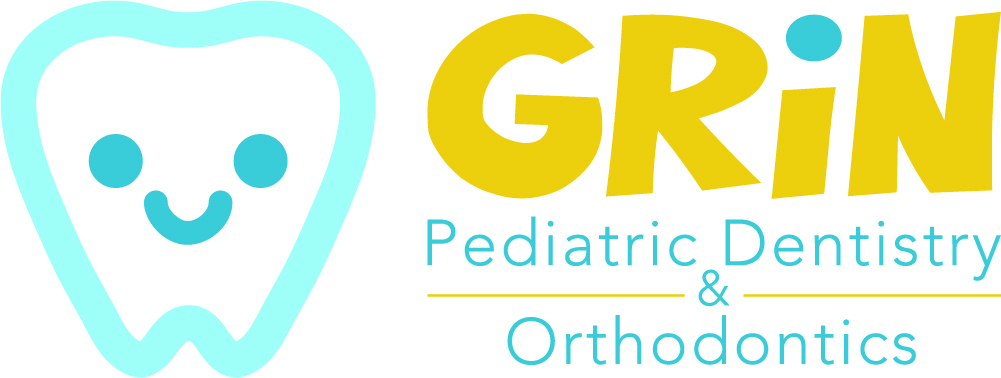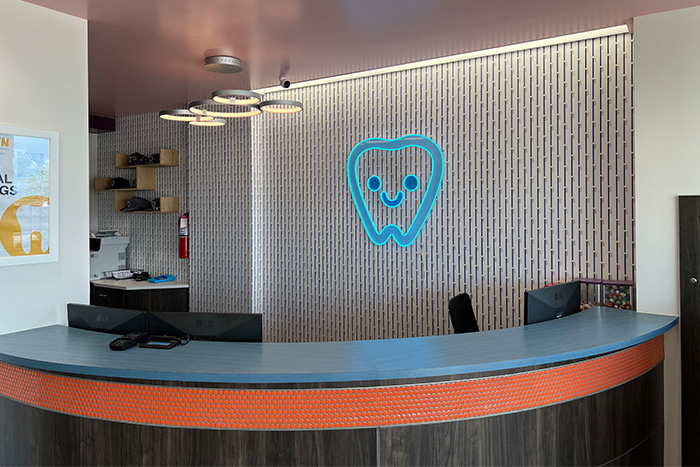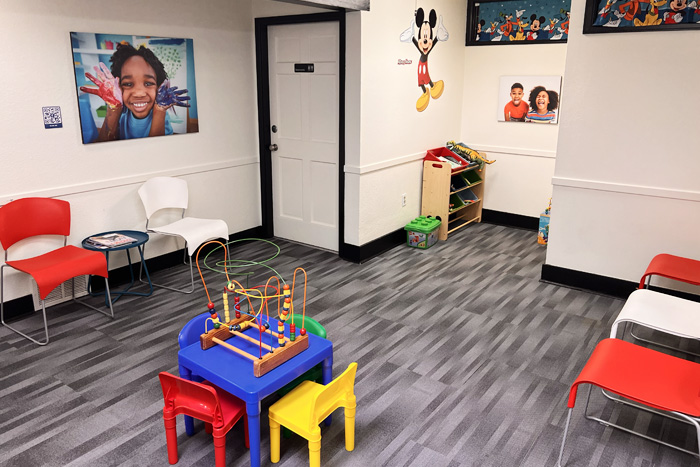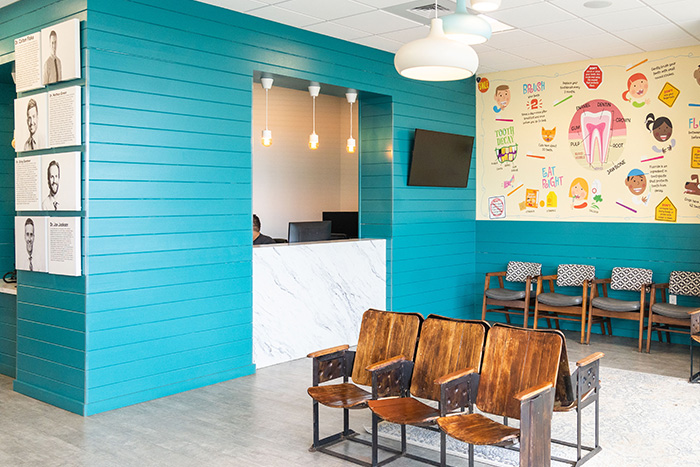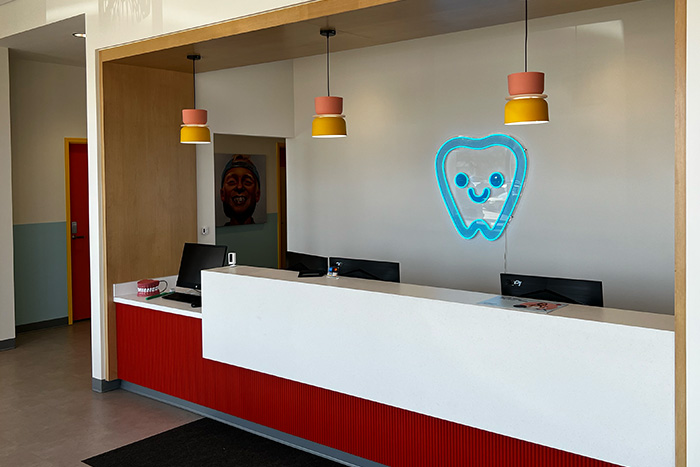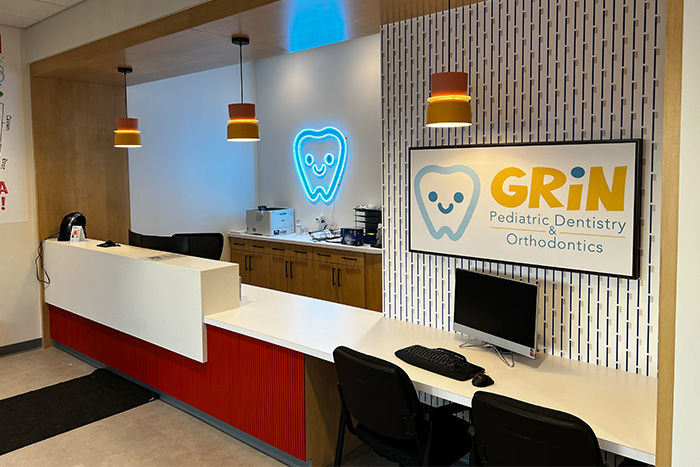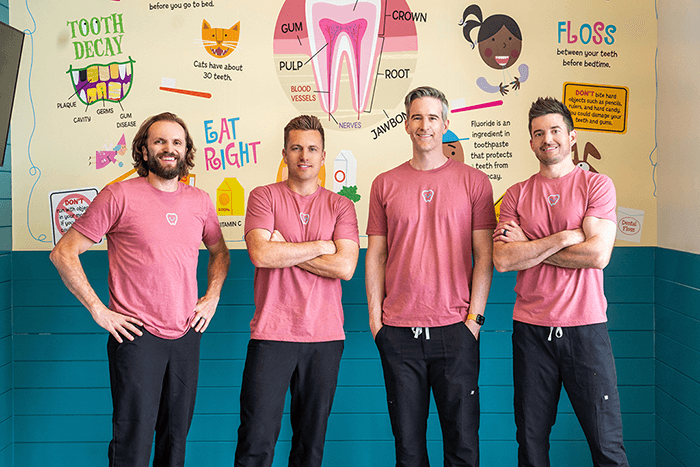When Should Kids Go to the Dentist?
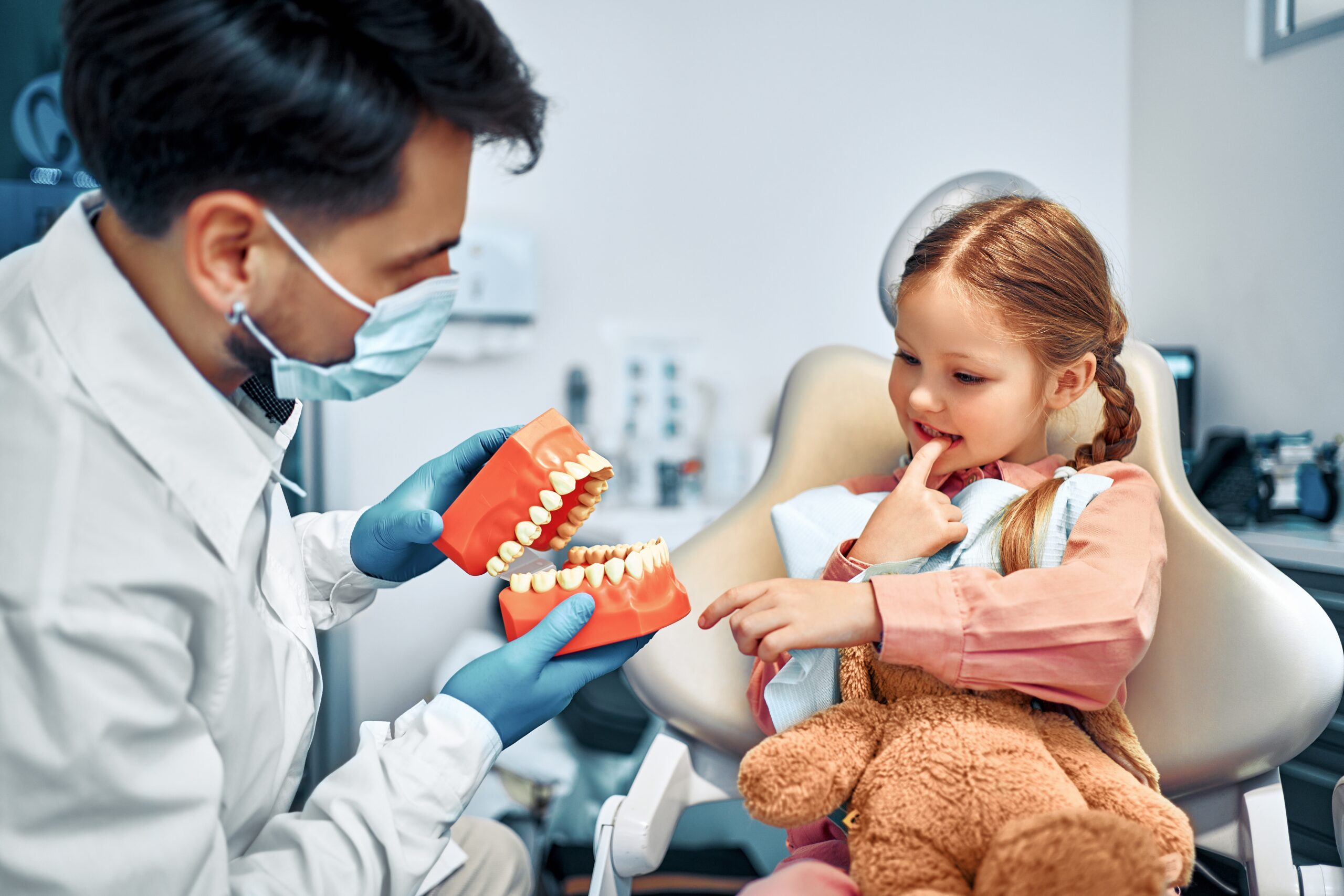
Taking care of your child’s health includes more than just regular checkups with a pediatrician. A healthy smile starts early, and one of the most common questions parents ask is: “When should kids go to the dentist?” A good question—and the answer may astonish you.
Many parents wait until their child has all their baby teeth or starts school. They think this is the right time for dental visits. But experts say it’s important to begin much sooner.
This guide walks through the ideal timing for your child’s first dental visit, how to make it a smooth experience, and why starting early can make a world of difference in their oral health.
The Best Age for a First Dental Visit
According to the American Academy of Pediatric Dentistry, your child should see a dentist by their first birthday or within six months after the first tooth comes in—whichever comes first.
This recommendation often surprises parents, especially if their baby only has one or two visible teeth. But the truth is, dental problems can begin early. Even a single tooth can develop decay if not properly cleaned or monitored.
So, when do kids need to go to the dentist?
The clear answer: By age one.
The early months are critical for:
- Establishing good oral care habits
- Monitoring developmental concerns
- Preventing cavities before they start
Why So Early? What’s the Rush?
Tooth decay is the most common chronic childhood disease—and it can begin as soon as the first tooth appears. That’s why dentists want to get ahead of potential issues before they become painful or expensive to treat.
In addition to checking for cavities, early visits allow your dentist to evaluate:
- Teething progress and tooth eruption patterns
- Bite development (how the top and bottom teeth come together)
- Gum health and oral tissue appearance
- Pacifier or thumb-sucking habits that may affect future alignment
- Tongue function and possible tongue-tie
Not just about the teeth—oral development starts at birth and evolves quickly. Early dental care gives you a head start in keeping things on track.
What Happens During the First Visit?
If you’re nervous about taking your baby or toddler to the dentist, you’re not alone. But the first visit is designed to be low-pressure, educational, and brief. The goal is to create a positive experience—not to do any major procedures.
Here’s what a typical first visit includes:
- A gentle look at the gums, mouth, and any erupted teeth
- Monitoring of jaw growth and oral muscle development
- A discussion about feeding, brushing, and nighttime routines
- Evaluation of thumb-sucking or pacifier use
- Fluoride application if recommended by the dentist
- A Q&A session for you to ask any questions or raise concerns
Many pediatric dental offices use a “knee-to-knee” setup for infants. In this setup, the child sits on your lap and leans back toward the dentist. This makes the child feel secure while still allowing the dentist full access.
How Often Should Children Go to the Dentist?
After that first visit around age one, children should generally see the dentist every six months. These routine visits allow your child’s provider to monitor growth and catch any developing problems early.
However, if your child has a higher risk of tooth decay or a developmental concern, your dentist may recommend more frequent checkups.
These appointments often include:
- Cleanings to remove plaque and buildup
- Fluoride treatments for added protection
- Dental sealants on molars (for school-aged children)
- Ongoing guidance on brushing, flossing, and nutrition
Dental Milestones by Age Group
0–12 Months
- First visit by age one
- Teeth may begin erupting around 6 months
- Wipe gums with a soft cloth after feeding
- Introduce a soft-bristled toothbrush and water once teeth appear
1–3 Years
- Routine visits begin
- Brush twice daily with a smear of fluoride toothpaste
- Limit juice and sticky snacks
- Start flossing once teeth begin touching
3–5 Years
- Teach your child to brush on their own (supervise closely)
- Use a pea-sized amount of toothpaste
- Look for early signs of crowding or misalignment
6–12 Years
- Permanent teeth begin erupting
- Consider sealants for back molars
- Early orthodontic screenings may be recommended around age 7
When Should Kids Go to the Dentist Or Go Sooner Than Scheduled?
While routine dental visits are important, some symptoms or behaviors mean it’s time to schedule an extra appointment. Be on the lookout for:
- Brown or white spots on the teeth – these could signal early decay
- Persistent bad breath – sometimes caused by bacteria buildup or gum issues
- Tooth sensitivity or complaints of pain
- Swollen or bleeding gums
- Late eruption of teeth or crowding
- Teeth grinding, clenching, or mouth breathing
- Ongoing thumb-sucking past age 3
Even if your child isn’t showing signs of discomfort, addressing these habits early can help avoid problems later.
What If My Child Is Nervous About the Dentist?
Dental anxiety is common—even in adults! For kids, unfamiliar sounds, tools, and people can be overwhelming. The key is to make dental visits feel normal and non-threatening.
Here’s how to make it easier:
- Talk about the visit in a positive way (“The dentist will count your teeth!”)
- Read children’s books about dental checkups ahead of time
- Choose an appointment time when your child is rested and fed
- Bring a comfort item like a favorite toy or blanket
- Let your child watch an older sibling or parent at a dental visit first
At Grin Pediatric Dentistry, we focus on making the environment welcoming and calm. Our team is trained to work with young children and knows how to keep visits light and friendly.
Why Choose a Pediatric Dentist Over a General Dentist?
While general dentists are trained to treat patients of all ages, pediatric dentists complete additional years of specialized training focused on kids.
They’re experienced in treating infants, toddlers, and teen and in managing behavior, dental fears, and developmental conditions unique to younger patients.
At Grin Pediatric Dentistry, we offer:
- A fun, child-centered space designed to ease anxiety
- Gentle, age-appropriate care from experienced providers
- Consistent monitoring from baby teeth to braces
- Support for parents on every stage of oral development
Frequently Asked Questions
Why do you need to take my baby to the dentist?
Yes. Even one tooth is enough to develop a cavity. Early visits help prevent bigger issues and provide guidance on cleaning and nutrition.
What if my child doesn’t have any teeth yet?
If no teeth have erupted by age 12 months, the dentist can still check for developmental concerns and offer tips on oral care for the months ahead.
How do I brush my baby’s teeth?
Use a soft baby toothbrush with water or a tiny smear of fluoride toothpaste. Brush twice daily, especially before bedtime.
How can I tell if my child has a cavity?
You might see white, brown, or black spots—or your child may complain of pain. But often, only a dentist can detect cavities early, which is why regular dental visits are key.
The Bottom Line: When Should Kids Go to the Dentist?
Let’s keep it simple:
- First visit: By age 1 or within 6 months of the first tooth
- Routine care: Every 6 months, unless your dentist recommends otherwise
- Why it matters: Early care prevents cavities, supports healthy development, and builds lifelong comfort with dental care
Still unsure? Ask yourself this: if your child’s smile matters (and it does), why wait?
Book Your Child’s First Dental Visit
At Grin Pediatric Dentistry, we’re here to support your child’s oral health from their crucial first tooth. Our team understands how to make dental care gentle, informative, and even fun. Book your child’s first dental visit today
